We’ve scoured Google Arts & Culture for some of our favourite online exhibitions. Whether you’re interested in illuminated manuscripts, sculpture or architecture, there are a number of virtual exhibitions that we think you’ll enjoy.
The J. Paul Getty Museum

The Art of Three Faiths: Torah, Bible, Qur’an
Copies of the Torah, Christian Bible, and Qur’an are among the most beautifully illuminated manuscripts of the Middle Ages, illustrated here by three remarkable examples from the Getty Museum’s collections.
(Rothschild Pentateuch, 1296, Tempera colors, gold, and (Rothschild Pentateuch, 1296, The J. Paul Getty Museum, Los Angeles, Ms. 116)

Heaven, Hell, and Dying Well: Images of Death in the Middle Ages
This online exhibition complements Heaven, Hell, and Dying Well: Images of Death in the Middle Ages, an exhibition organized by the Manuscripts Department at the J. Paul Getty Museum in Los Angeles (May 29–August 12, 2012).
(Denise Poncher before a Vision of Death, about 1500,The J. Paul Getty Museum, Los Angeles, Ms. 109, fol. 156)

Eat, Drink, and Be Merry: Food in the Middle Ages and Renaissance
This presentation complements Eat, Drink, and Be Merry: Food in the Middle Ages and Renaissance, an exhibition organized by the Manuscripts Department at the J. Paul Getty Museum in Los Angeles (October 13, 2015–January 3, 2016).
(The Feast of Dives, about 1510–1520, The J. Paul Getty Museum, Los Angeles, Ms. Ludwig IX 18, fol. 21v, detail.)
The British Museum
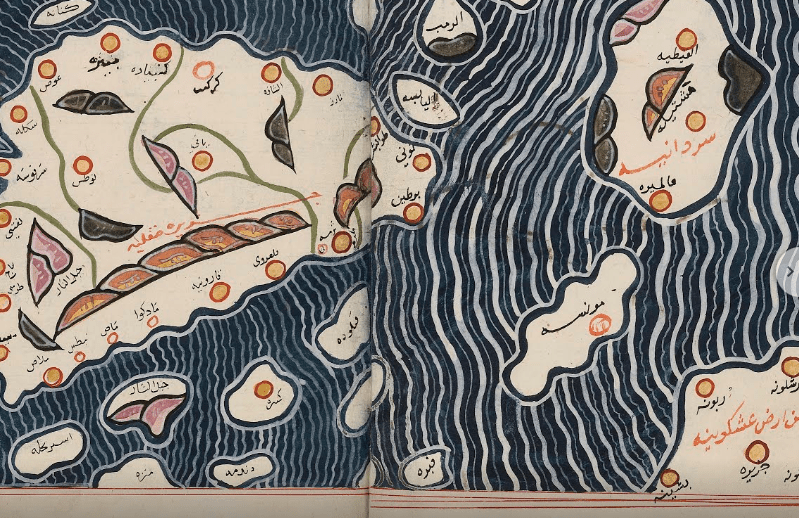
Sicily: culture and conquest
Based on an exhibition at the British Museum. Sponsored by Julius Baer
(Map of Sicily made by an Arab cartographer, The Bodleian Libraries, 1553, detail)
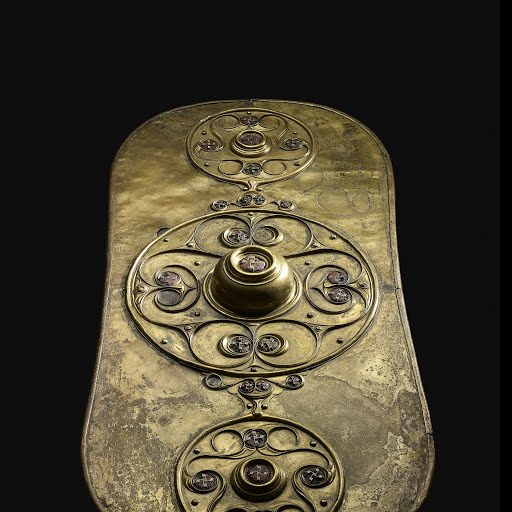
Celtic life in Iron Age Britain
A British Museum exhibition of Iron Age objects from collections across the UK
(The Battersea Shield (351 BC – 51 BC), British Museum)
Library of Trinity College Dublin
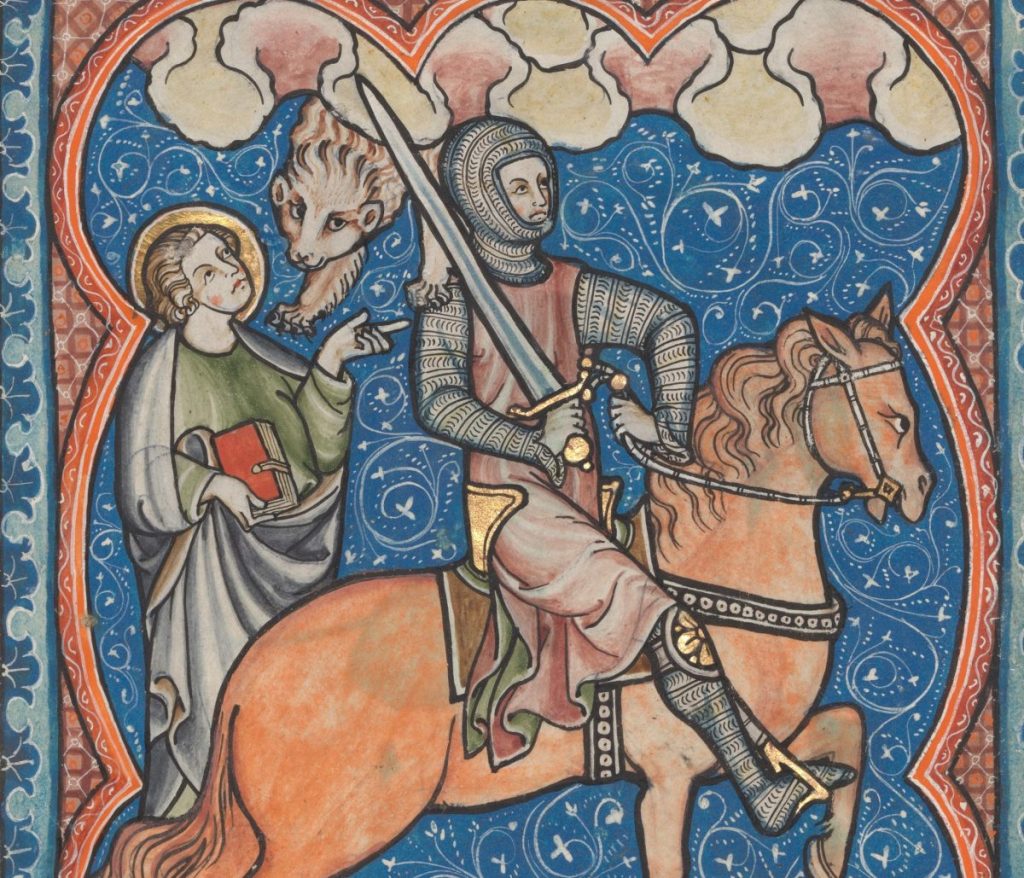
Illuminating the Middle Ages
A treasure trove of medieval Latin manuscripts in the Library of Trinity College Dublin.
(Dublin Apocalypse, folio 4v, detail, Early 14th century, England, The Library of Trinity College Dublin)
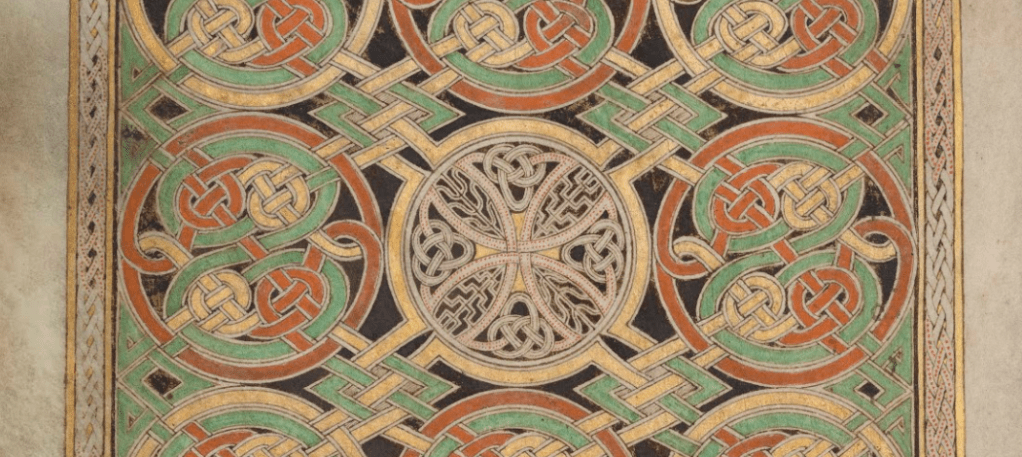
The Book of Durrow
Learn all about the a 1,300 year old masterpiece in the Library of Trinity College Dublin. The Book of Durrow dates to c. AD650-700 and is one of the earliest intact gospel books to survive in Western Europe.
(The Book of Durrow f.85v, Late 7th Century, The Library of Trinity College Dublin)
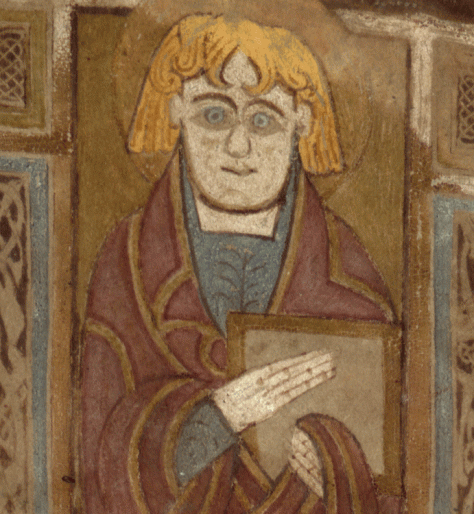
Irish Manuscripts in the Library of Trinity College Dublin
The Library is home to a significant collection of over 200 medieval and early modern manuscripts written in the Irish language (Gaeilge); Irish is the oldest vernacular literature in Western Europe. The Library’s collection ranks as one of the most important in the world in its range and in its quality. Some of these manuscripts capture the earliest evidence of the Irish language and so their linguistic, as well as their historic value, is considerable.
(The Book of Mulling, 2nd half of the 8th century, Trinity College Dublin MS 60, f. 81, detail.)
English Heritage
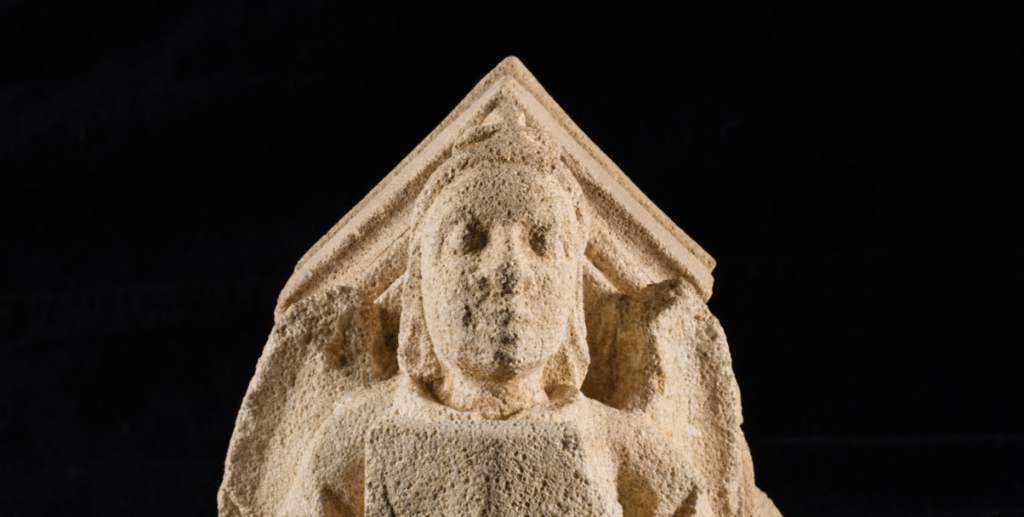
Hailes Abbey: Place of Pilgrimage: Holy blood, royal blood and the transformation of Hailes Abbey
The royal gift of a holy relic transformed Hailes Abbey in Gloucestershire into one of the most important pilgrimage sites in medieval England. Occupying a tranquil spot in the Cotswold Hills, its museum now hosts a stunning collection of monastic objects and architectural fragments from the abbey’s heyday. Learn more about this historic site.
(Canopy Fitting, 14th century, Hailes Abbey)
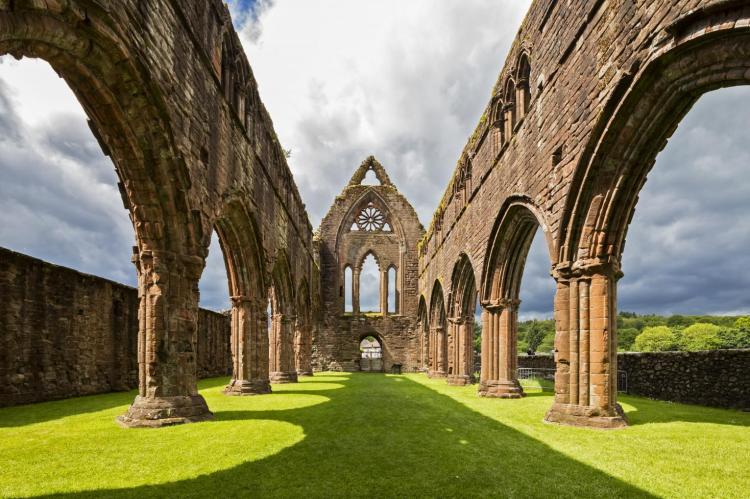
The Rediscovery of Rievaulx Abbey
Founded in the 12th century, Rievaulx Abbey quickly became one of the most powerful and spiritually renowned centres of monasticism in Britain. At its peak in the 1160s it housed a 650-strong community of monks under its most famous abbot, Aelred. The monastery was suppressed by Henry VIII in 1538 and fell into disrepair. Discover how these medieval ruins were saved for the public.

Whitby Abbey: Bombardment and Restoration
The ruins of Whitby Abbey are among the most celebrated sights of North Yorkshire. Perched high on a cliff, the first monastery here – founded in about 657 – was one of the most important religious centres in the Anglo-Saxon world. But visitors may not realise that the abbey ruins came under threat again only a century ago, when they fell victim to the ravages of the First World War. Learn more about the Rebuilding Whitby’s west front after First World War bomb damage.
Staatsbibliothek Bamberg
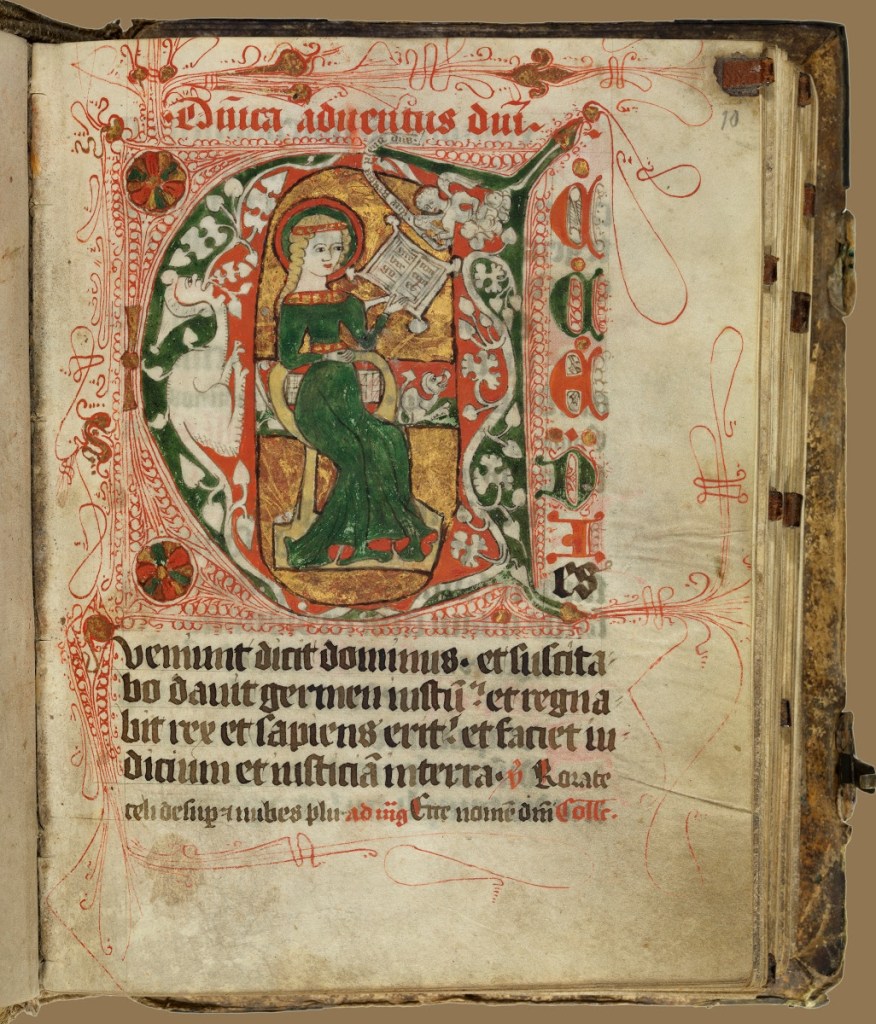
Colours Between Covers
German book illumination of the 15th and early 16th centuries. An exhibition in the Staatsbibliothek Bamberg.
(Staatsbibliothek Bamberg Msc.Lit.112, 1428)
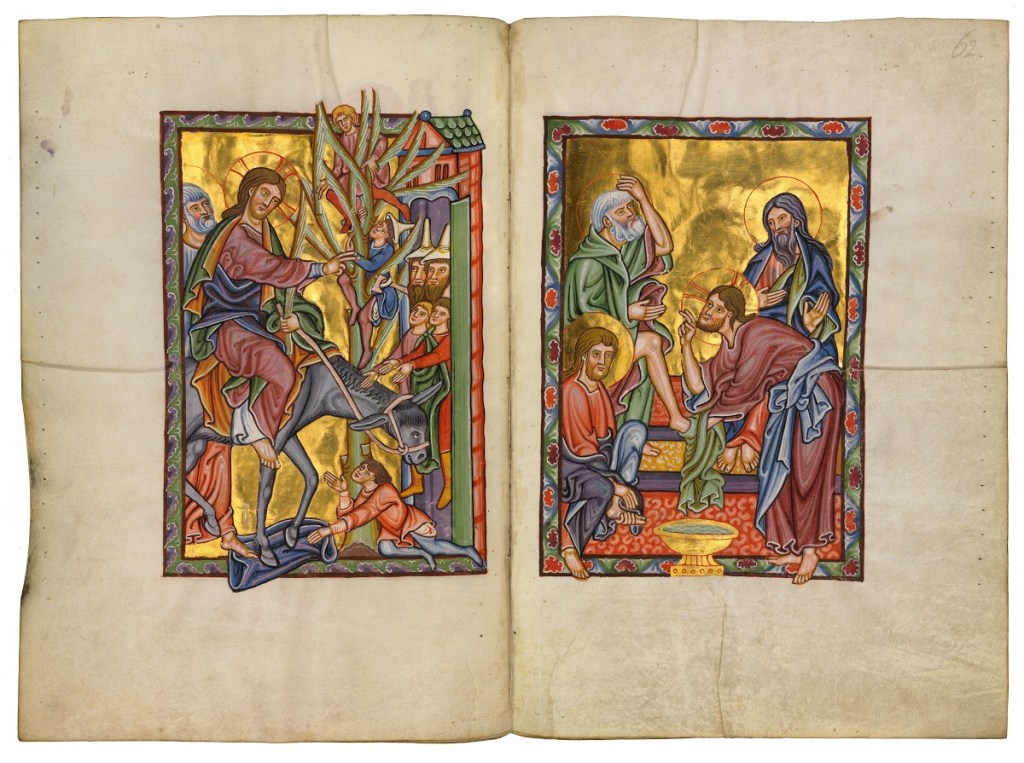
The Bamberg Psalter
The Bamberg Psalter was created around 1220/30 probably in Regensburg or in the Regensburg area. The codex is one of several surviving manuscripts of illuminated psalters from the 13th century, a time when many ladies from the aristocracy ordered such a book for themselves.
(Bamberger Psalter, Staatsbibliothek Msc.Bibl.48, fol.61v-62r, 1220-30, Regensburg, Germany)

The Bamberg Apocalypse
All miniatures from the manuscript Bamberg, Staatsbibliothek, Msc.Bibl.140
(The Bamberg Apocalypse, Staatsbibliothek Msc.Bibl.140, fol.31v, 1010)
Church Conservation Trust
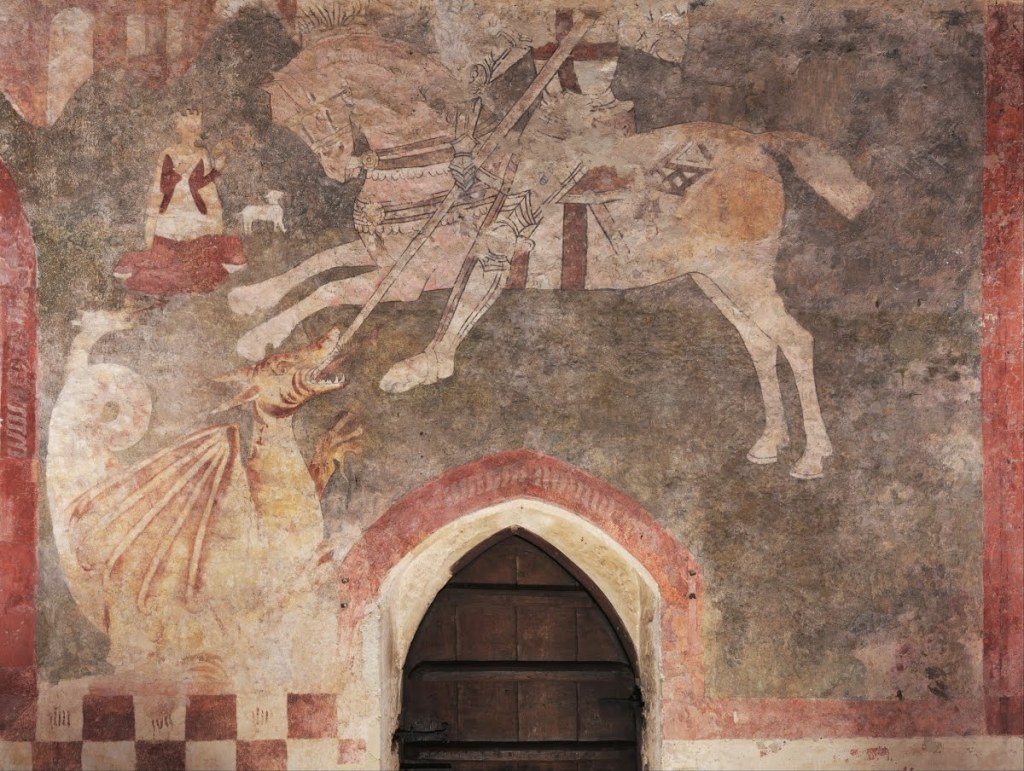
Saints, Sinners and Socks
Exploring 700 year old wall paintings in Buckinghamshire.
(Medieval wall painting of St George and the Dragon, 1410/1470, St Lawrence, Broughton, Buckinghamshire)
Sakıp Sabancı Museum

The Arts of the Book and Calligraphy
Sakıp Sabancı Museum Collection of the Arts of the Book and Calligraphy consists of illuminated Korans, prayer books, calligraphic compositions, albums and panels written by well-known calligraphers, illuminated official documents bearing the imperial cipher of the Ottoman sultans as well as calligrapher’s tools, all produced during a period extending from the end of the 14th century to the 20th century.
(Qur’an Unknown scribe, 1600s, Sakıp Sabancı Museum)
National and University Library of Slovenia

The Elaborate Details in a Medieval Manuscript
The collection of Medieval Latin manuscripts is undoubtedly among the library’s most valuable holdings. It comprises 85 codices, most of which were acquired by the National and University Library’s predecessor, the Lyceum Library from its establishment in 1774 to the end of the 18th century. Explore the Treasures of the National and University Library of Slovenia.
(The City of God (De civitate Dei), Aurelius Augustinus, 1347, National and University Library of Slovenia)
Victoria and Albert Museum

Masterpieces of English Medieval Embroidery
Latin for ‘English work’, the phrase ‘opus anglicanum’ was first coined in the 13th century to describe the highly-prized and luxurious embroideries made in England of silk and gold and silver thread, teeming with elaborate imagery. The V&A holds the largest collection of these works in the world – incredible survivals from a celebrated period of English artistic production.
(King David, detail from an orphrey panel depicting the Tree of Jesse, England, circa 1310-25. MTMAD, Lyons)
Museo Arqueológico de Córdoba

Corduba and Qurtuba
The city of Córdoba saw significant changes to its appearance with the spread of Christianity. Learn about the relationship between Visigoth and Muslim Córdoba.
(Ataurique board, Unknown, 900 – 1000, Museo Arqueológico de Córdoba)
St Bavo’s Cathedral, Ghent
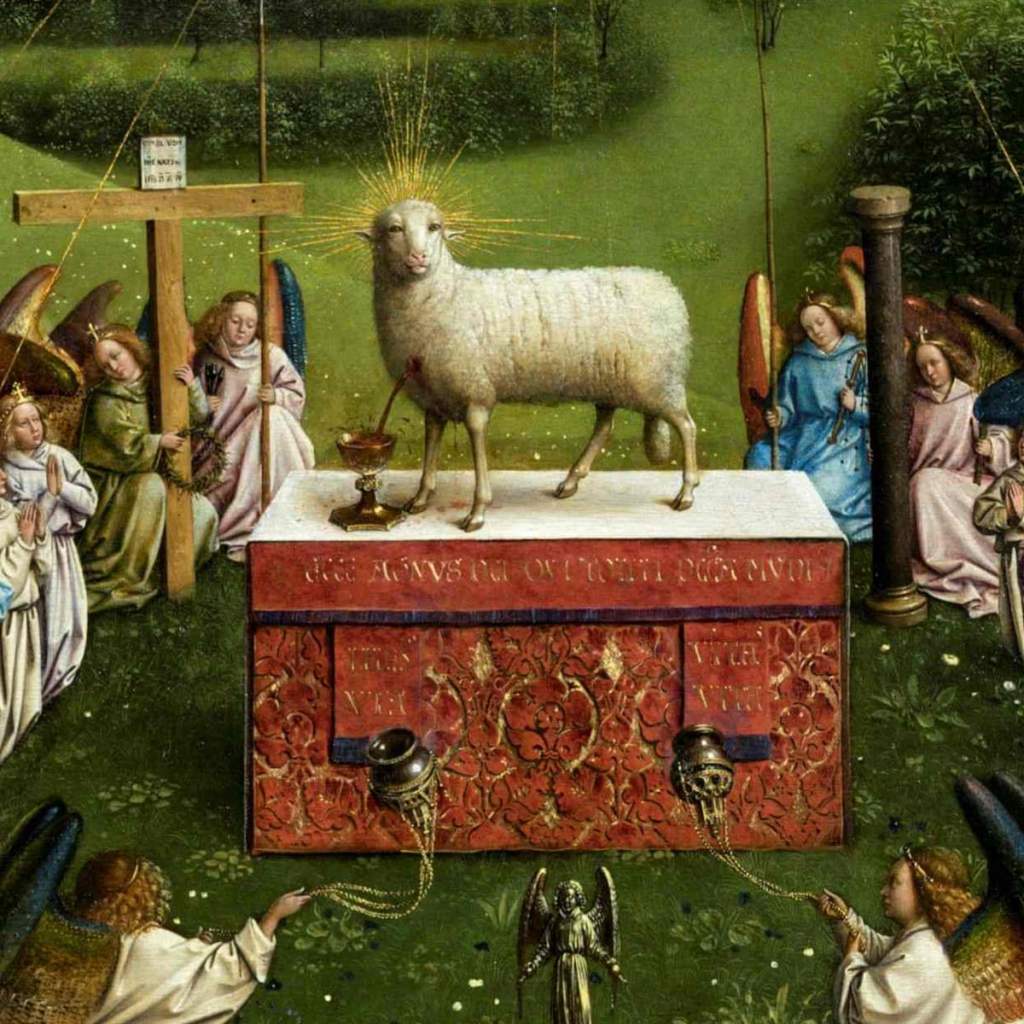
Inside the Ghent Altarpiece
Wonders of the Ghent Altarpiece’s inside panels
The Ghent Altarpiece, painted in 1432 by the Van Eyck brothers, is a very large and complex painted piece with wing panels, allowing to either display it closed or opened. The masterpiece used to be opened only on Holy days. The rest of the time, the wings would be closed, so that only the Annunciation would be visible. Once opened, the Altarpiece would reveal vivid colors, deliberately brighter and more festive than those of the closed shutters.
(The Ghent Altarpiece, Jan van Eyck, 1432, Saint Bavo’s cathedral Ghent (detail))
Zentralinstitut für Kunstgeschichte

The Human Image in Panel Painting in the Mediterranean
Today, the panel painting characterizes our understanding of the medium of painting, with the representation of human beings being one of its most important tasks. The technical requirements, conditions and the limiting factors that led to the start of panel painting and its further development are the subjects of this interdisciplinary and epoch-spanning research project. The history of the development of the panel painting will be scrutinized by examining representative examples from antiquity, the early and high Middle Ages. The project focuses on the execution of flesh tones: Which techniques were chosen in order to achieve certain effects at particular times? How was traditional knowledge from antiquity adapted? Is there any correlation between technique and either the function or the original location of a painting? How are social changes and ideological shifts reflected?
(Hagiosoritissa in Santa Maria del Rosario und Detail, 7th–9th century, Rome, Chiesa di Santa Maria del Rosario)
